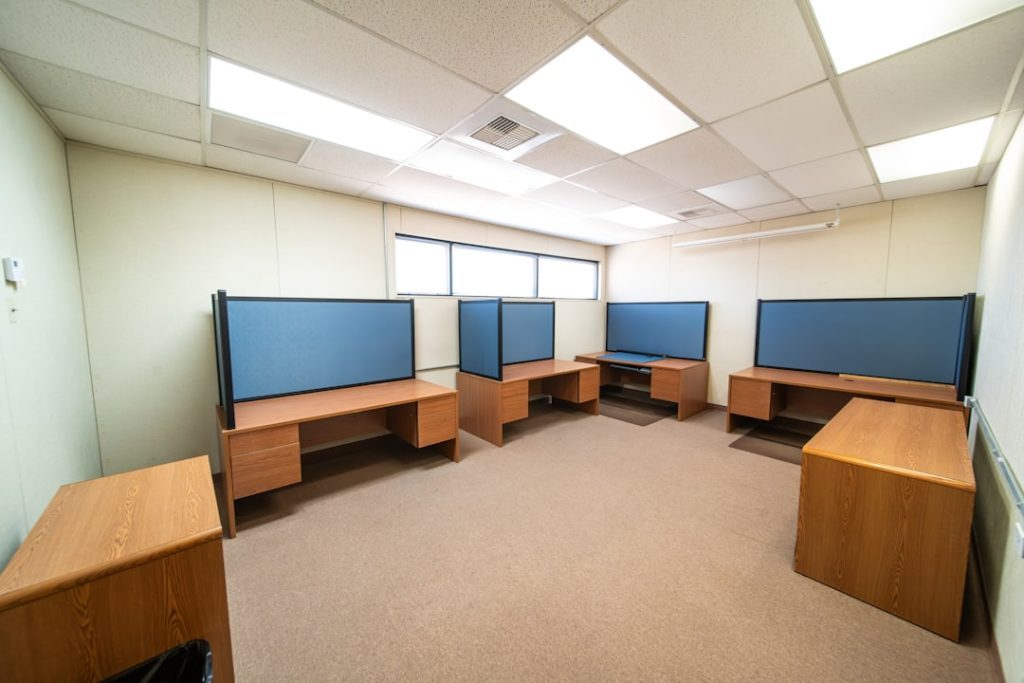After over a decade of reliable service, Windows Server 2012 R2 has officially reached its end of life (EOL) as of October 10, 2023. For IT leaders, system administrators, and business owners still relying on this aging platform, the implications of this milestone are serious. With no more security updates, bug fixes, or technical support available through Microsoft, continuing to use this operating system introduces significant operational and security risks.
This article offers guidance on understanding the impact of the Windows Server 2012 R2 EOL and outlines steps businesses should take to transition safely and strategically.
What Does End of Life Mean?
When a Microsoft product reaches its end of life, it means the company will no longer:
- Provide security patches or vulnerability fixes
- Offer technical support through official channels
- Ensure compatibility with modern hardware and software
Without these services, systems running Windows Server 2012 R2 become prime targets for cyberattacks. Organizations still running this OS should consider themselves at risk of non-compliance with industry standards such as HIPAA, PCI-DSS, and GDPR.
Risks of Continuing to Use Windows Server 2012 R2
Running an unsupported system isn’t just a technical liability—it’s a business risk. Here are the most significant challenges you face:
- Security vulnerabilities: Any new threats targeting weaknesses in the OS will go unpatched, leaving critical systems open to attack.
- Compliance issues: Using software without support could violate compliance frameworks that require up-to-date security controls.
- Decreased performance: The outdated system may not interface well with modern applications or hardware, reducing IT efficiency.
- Rising costs: Emergency fixes for unsupported systems are often costly and time-consuming to implement.
What Are Your Options?
Whether you’re a small business or a large-scale enterprise, it’s crucial to plan your next steps carefully. Below are the most common strategies:
1. Upgrade to a Newer Windows Server Version
This is the most straightforward and supported route. Windows Server 2016, 2019, or 2022 offer modern security, feature updates, and long-term support from Microsoft. However, system requirements may necessitate hardware upgrades or application compatibility testing.
2. Migrate to Microsoft Azure
Microsoft is encouraging customers to move to the cloud, offering free extended security updates for up to three years for Windows Server 2012 R2 deployed on Azure. This option not only extends your security coverage but can modernize your infrastructure.
3. Purchase Extended Security Updates (ESUs)
For those unable to migrate immediately, Microsoft offers paid ESUs through select volume licensing programs. This is a stopgap measure, providing temporary relief while preparing for a long-term solution. It’s important to note that ESUs:
- Are available for up to three years (until October 2026)
- Can be costly, especially if extended multiple years
- Do not introduce new features or performance improvements
4. Replatform or Refactor Applications
For businesses running critical applications on Windows Server 2012 R2, modernizing the apps may be a viable path. Options include moving to:
- Platform as a Service (PaaS) solutions
- Containerized environments such as Docker or Kubernetes
- Newer frameworks compatible with more recent operating systems
Planning for the Transition
A well-thought-out migration or upgrade plan is essential. Key steps to consider include:
- Asset inventory: Determine which servers and applications are still using Windows Server 2012 R2.
- Risk assessment: Identify which systems are mission-critical and the impact of potential downtime or breaches.
- Strategy selection: Choose whether to upgrade, migrate to Azure, buy ESUs, or modernize apps—based on budget and technical readiness.
- Execution plan: Develop a timeline, allocate resources, and assign responsibilities across your IT team.
Additionally, test all transitions in a staging environment before rolling them out across production infrastructure.
Final Thoughts
The end of life for Windows Server 2012 R2 marks a critical inflection point for many organizations. While the transition might seem complex or costly, the price of inaction is far greater. Whether your path forward involves upgrading on-premise infrastructure, adopting cloud technologies, or making use of temporary security updates, the time to act is now.
Security threats will continue to evolve, but with proper planning and foresight, your systems—and your business—can stay protected and competitive in an increasingly digital world.

